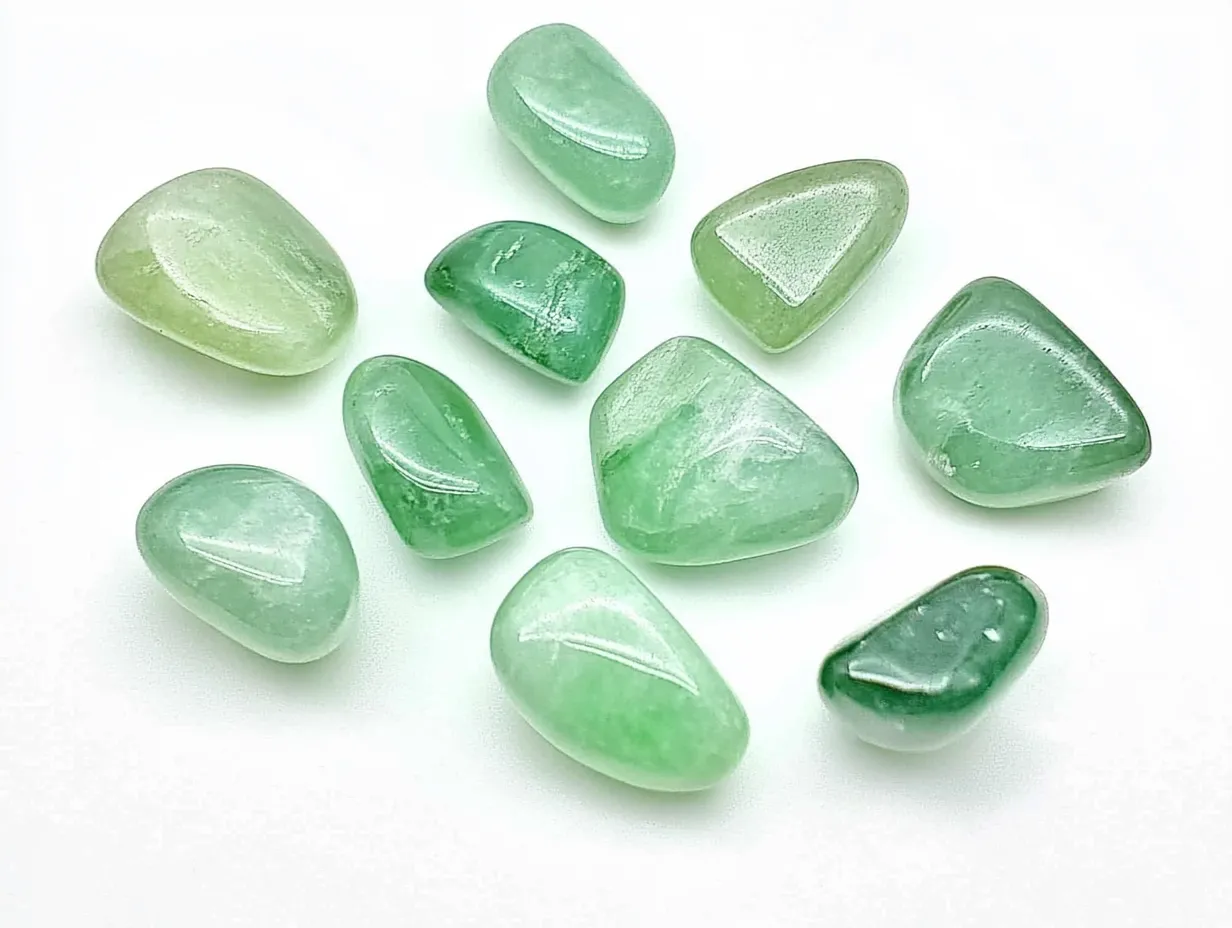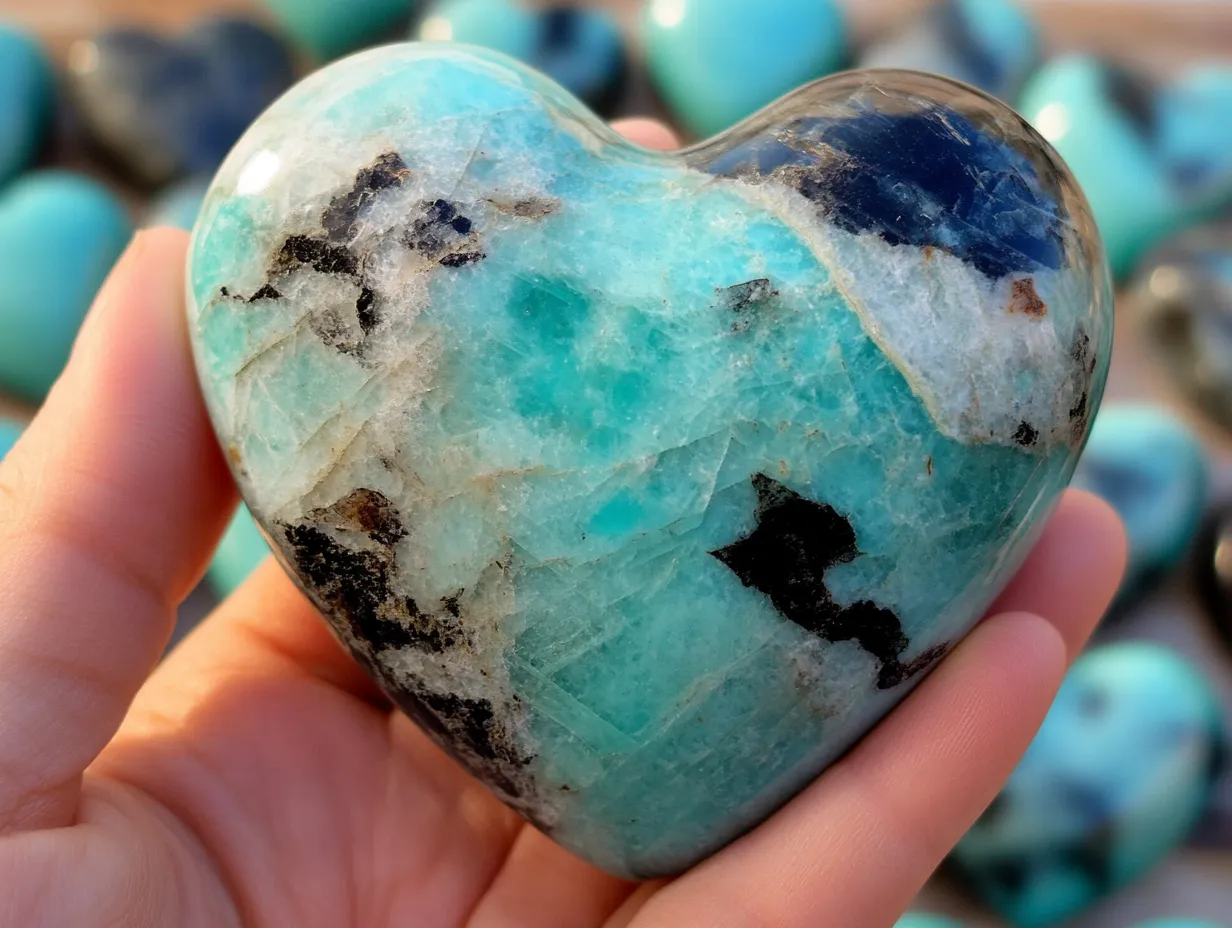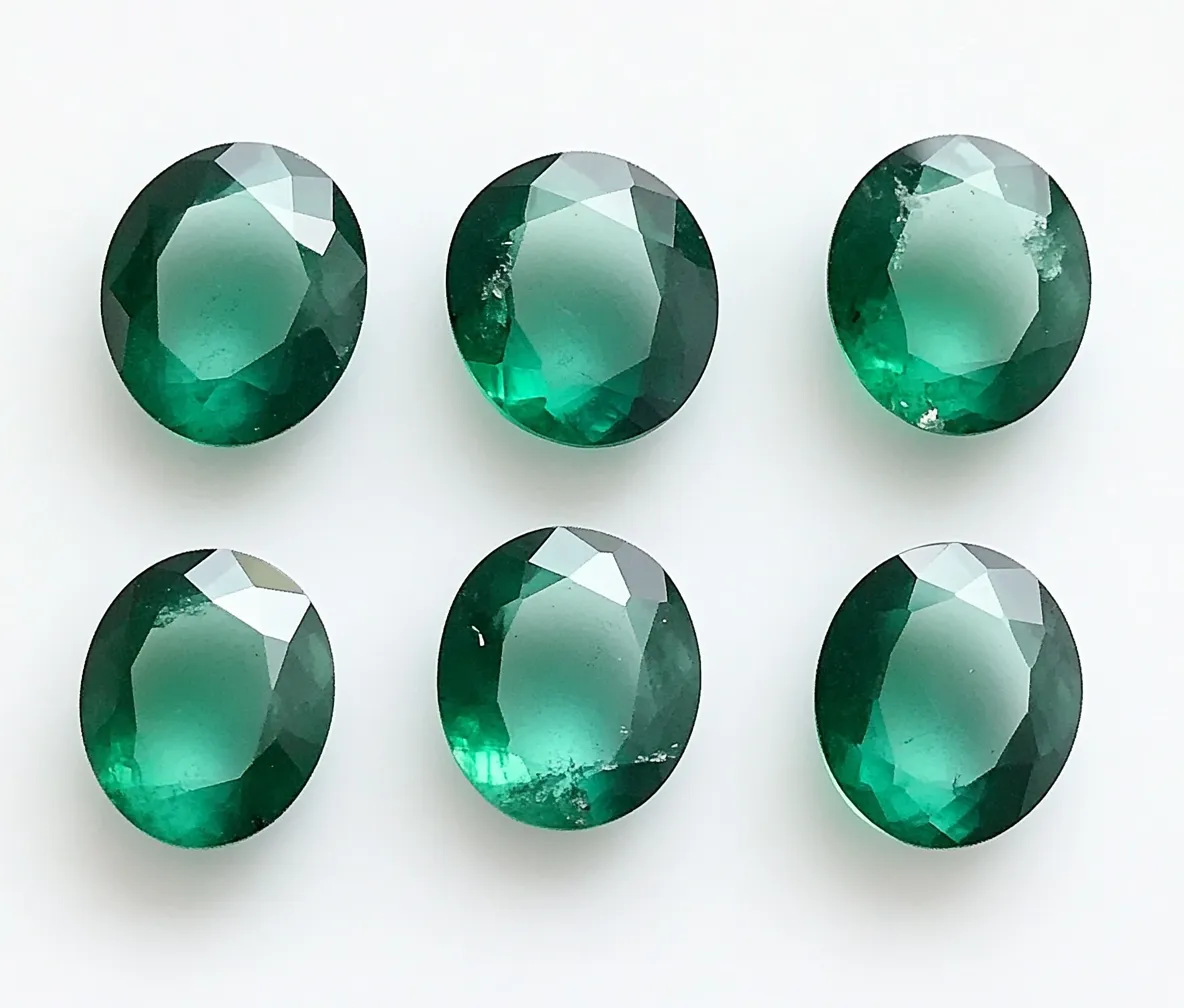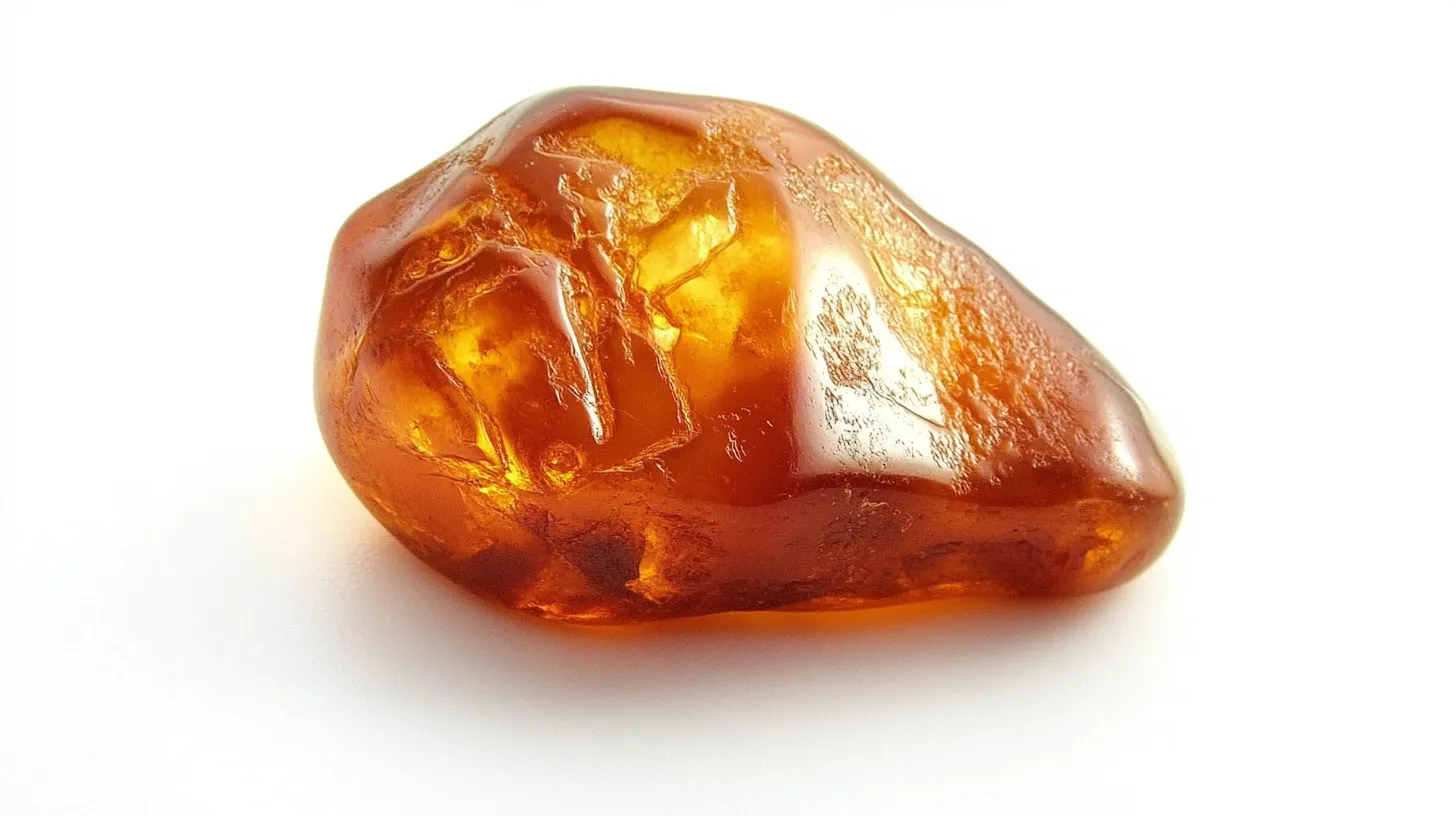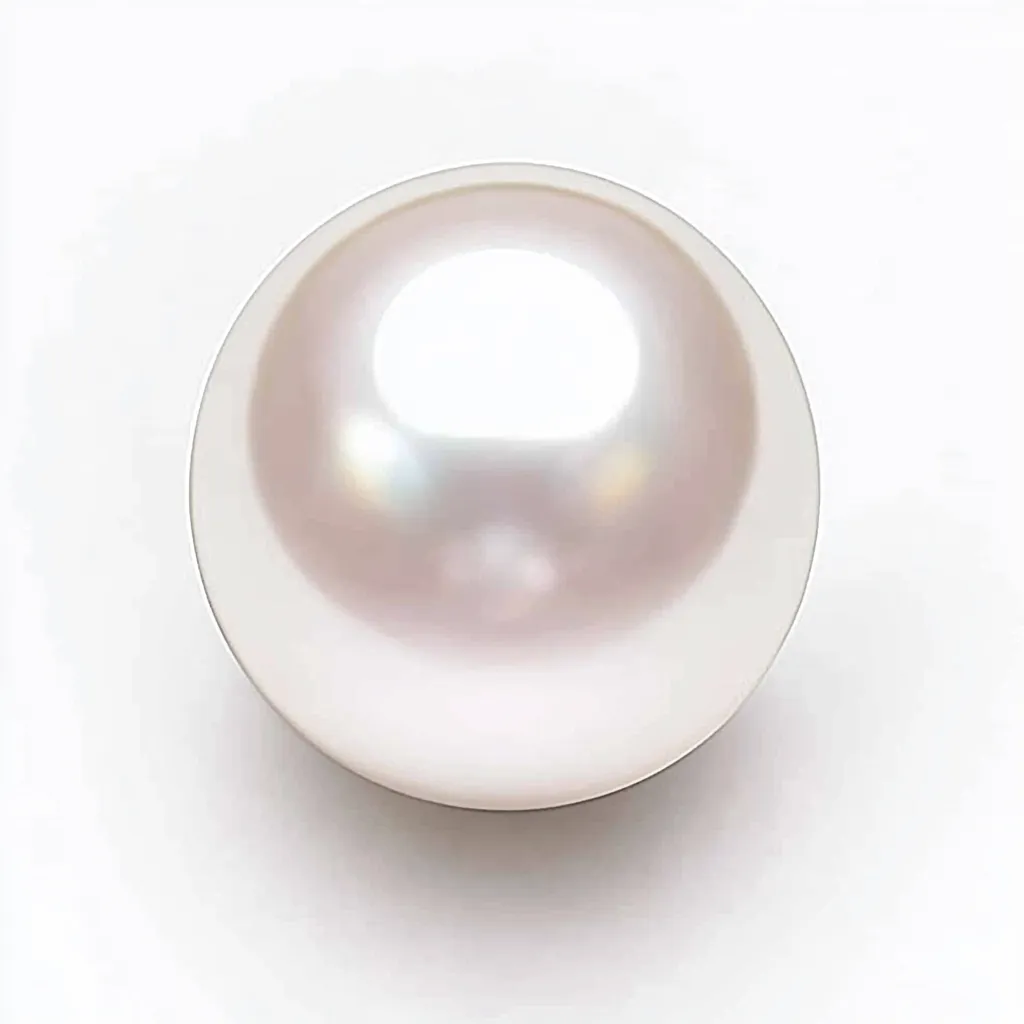Aquamarine Gemstone
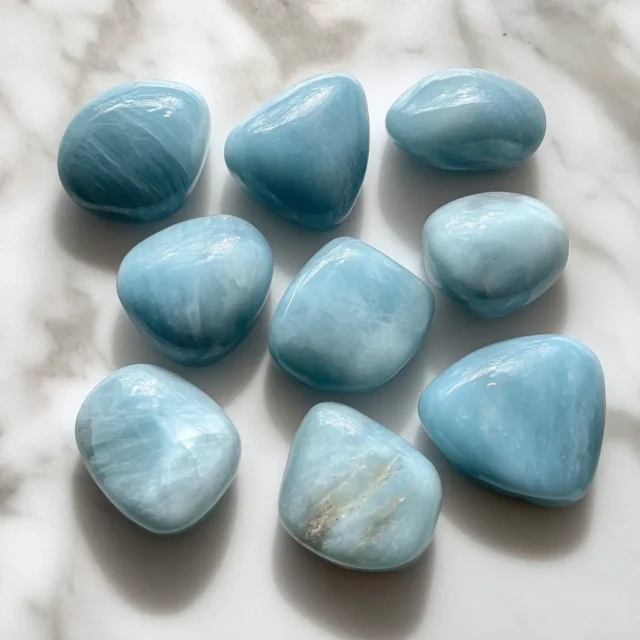

Aquamarine Gemstone Meanings and Overview
For millennia, people have been enthralled with the lovely blue-green gemstone aquamarine. Its name, derived from the Latin words “aqua,” meaning water, and “marina,” meaning sea, aptly captures its breathtaking oceanic colors. Often connected with calm, clarity, and emotional balance, this gemstone is known for its relaxing and soothing power. People seeking inner peace often opt for this gemstone, as it is believed to facilitate the attainment of inner tranquility. Many people wear aquamarine jewelry not only for its amazing beauty but also for its metaphysical qualities, which encourage peace and restfulness.
In spiritual and metaphysical spheres, aquamarine is sometimes associated with the throat chakra, which governs self-expression and communication. It is claimed to improve verbal articulation, enabling people to speak their truth with confidence and clarity. Aquamarine’s energy might help people who suffer from nervousness or anxiety since it is supposed to relax nerves and encourage emotional stability. Whether worn as a ring, pendant, or bracelet, this gemstone has a soft but strong resonance that appeals especially to people looking for emotional healing and self-discovery.

History of the Gemstone Aquamarine
Rich in history, aquamarine goes thousands of years back. Beloved by ancient societies, including the Greeks, Romans, and Egyptians, who sensed its healing and protective qualities, aquamarine was a common burial ground for Egyptian pharaohs since it was believed to ward against evil and offer a safe path to the next world. The Greeks and Romans believed aquamarine was a treasure of mermaids that provided luck and protection to sailors, so they connected it with the sea. During protracted trips, many sailors carried aquamarine amulets to guarantee safe travel and to calm the waves of the ocean.
During the Middle Ages, people believed aquamarine to have magical powers and used it extensively in divinity. Usually etched with symbols, it was a talisman for protection against evil forces and foresight. European nobility favored this gemstone, often setting it in jewelry, scepters, and crowns to symbolize authority and divine connection. Aquamarine carries forward its ancient legacy into the modern age and is still a symbol of peace, courage, and inner strength today.
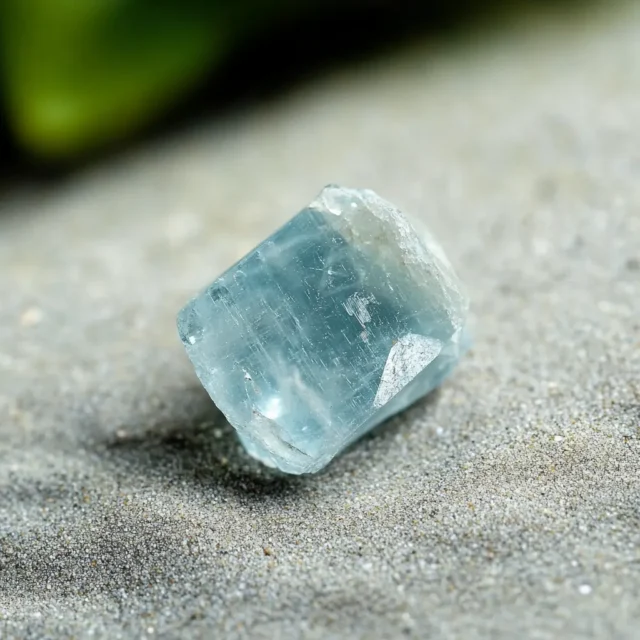
Physical Characteristics of the Gemstone Aquamarine
Aquamarine is a member of the beryl family of minerals, the same group as emerald and morganite. Mostly made of beryllium aluminum silicate, the amazing blue-green hue of aquamarine comes from its minute iron content. Often matching the calm colors of tropical ocean waters, the most valuable aquamarine stones show a deep blue hue with outstanding clarity. Although the natural color of the gemstone ranges from pale blue to vivid turquoise, heat treatment is often used to improve its brilliance.
Aquamarine is a durable stone fit for daily use with a Mohs hardness value between 7.5 and 8. Although its rather high hardness lets it withstand damage and scratches, care should still be used to prevent sharp impacts. This gemstone typically forms hexagonal crystals in large, well-formed structures. Located in Brazil, Madagascar, Nigeria, and Pakistan, some of the most well-known aquamarine sites yield premium stones for the worldwide jewelry industry.
| Physical Matter | Specification |
|---|---|
| Type of Mineral Class | Brachybium |
| Formula in Chemistry | Be2Al2Si6O18 |
| Texture | 7.5 to 8 on a Mohs scale |
| Color | Blue, Greenish-Blue |
| Openness | Clear to Translucent |
| The Crystal System | Hexagonally |

Healing Properties and Benefits of Aquamarine Gemstones
Particularly in relation to emotional well-being, aquamarine is much valued for its therapeutic qualities. Its capacity to help people overcome fear, express themselves freely, and confidently face challenges makes it sometimes known as the “Stone of Courage and Communication.” Aquamarine is a great stone for stress release and introspection since many people use it in meditation techniques to calm their minds and inspire inner clarity.
This gemstone is believed to possess physical healing properties, particularly in the treatment of respiratory system and throat-related conditions. Through improved airflow and lower inflammation, it is supposed to help with allergies, thyroid imbalances, and sore throats. Aquamarine is believed to regulate fluid retention and bolster kidney function, making it a well-rounded healing stone for both physical and mental well-being.
| Corrective Advantage | Effect |
|---|---|
| Emotional Equilibrium | Promotes calmness and reduces stress |
| Correspondence | Increases confidence and self-expression |
| Physical Correction | Aids the immune system, lungs, and throat |
| Activation of Chakra | Helps to align the throat chakra |

Varieties of Aquamarine Gemstones
Aquamarine comes in several varieties with different colors, clarity, and sources. From Brazil, the most sought-after variety is the Santa Maria aquamarine, distinguished by outstanding transparency and deep blue hue. The Espirito Santo aquamarine is another highly prized variety featuring a softer blue hue and a brilliant glow. Rare and highly sought after in the gemstone market, these premium aquamarine variants pay more.
Other varieties are cat’s eye aquamarine, which shows a rare chatoyancy effect when cut correctly, and greenish-blue aquamarine, which has more iron and a subdued seafoam color. Some aquamarine stones, which show a star-like asterism, are unique collector’s items. Aquamarine gemstones are still a popular choice for crystal aficionados as well as for those who enjoy jewelry regardless of kind.

Advice on Cleansing Your Aquamarine Gemstone
Regular cleansing is crucial to keep your aquamarine gemstone beautiful and energetic. Rinsing the stone under lukewarm running water is one of the easiest ways to eliminate accumulated energy and trash. To get deeper cleaning, soak it in a bowl of mild soapy water and softly brush it with a soft brush.
Steer clear of aquamarine’s color fading by avoiding strong chemicals or extended sunlight. To revitalize aquamarine, another excellent cleaning technique is overnight placement on a bed of selenite or quartz. Clearing any residual negativity by smudging with sage or passing the stone through incense smoke will help the gemstone to keep its vibrational purity.
| Cleansing Approach | Proficiency |
|---|---|
| Running Stream | Removes surface energy |
| Soap’s Water | Cleanses stains and grime |
| Sunlight | Steer clear of too much exposure |
| Scumbling | Removes clear energetic blockages |

Meanings of Aquamarine Gemstone in Divination
Divination and spiritual rituals have long included aquamarine. Many feel it improves intuition, so people may get messages from their higher selves or spirit guides. An outstanding stone for future predictions and decision-making, it is often used in tarot readings or pendulum work to offer insight and clarity.
For those who engage in scrying, looking into an aquamarine stone is supposed to expose secrets and forward ideas. People also associate it with emotional intelligence, as it empowers them to navigate difficult life situations with grace and wisdom.

Aquamarine Gemstones and Angels
Aquamarine is sometimes connected to angelic worlds; many people believe it enhances interactions with guardian angels. For those who want celestial support, this stone is believed to improve spiritual awareness and open channels of divine guidance.
In angelic meditations, some spiritual practitioners hold the stone while calling upon their guardian angels for comfort and direction. Aquamarine is used in People believe that the peaceful energy of this gemstone fits the angelic frequency, bridging the physical and spiritual spheres.
| Aspect of Spirituality | Connection |
|---|---|
| Angelic Domain | Promotes divine dialogue |
| Tool for Meditation | Strengthens spiritual awareness |
| Defense | Creates a barrier against negativity |

Questions And Answers
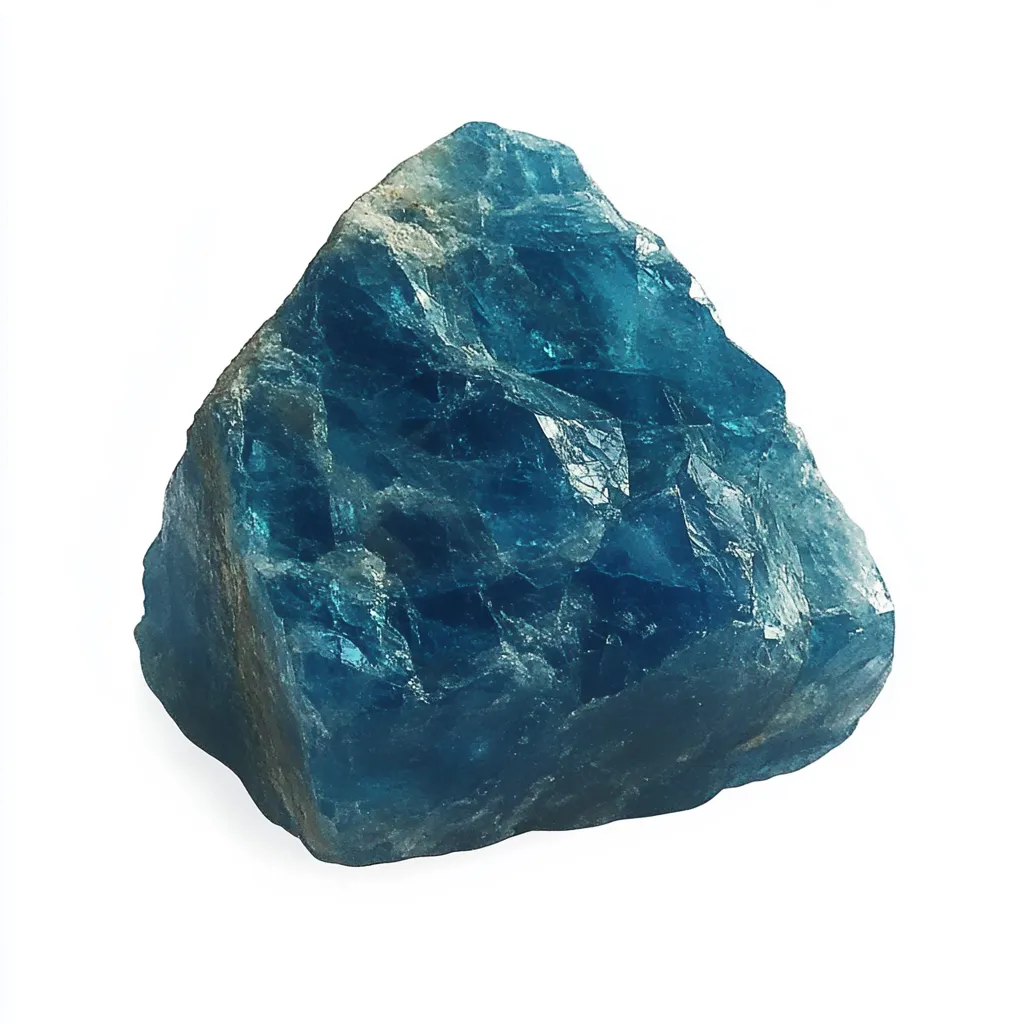
Apatite Stone
Other Details About Aquamarine
The Price of Aquamarine Stone
When it comes to the price of aquamarine stone, several factors influence its value. These include color, clarity, cut, and carat weight. Generally, deeper and more vibrant blue hues fetch higher prices, while lighter stones are more affordable. Other aspects, such as the presence of inclusions, also play a role in determining its market price.
| Factor | Impact on Price |
|---|---|
| Color | Deeper blue hues = higher price |
| Clarity | Fewer inclusions = higher price |
| Cut | Well-cut stones = higher price |
| Carat Weight | Larger stones = higher price |
Aquamarine vs. Blue Topaz
A common comparison in the gemstone world is Aquamarine vs. Blue Topaz. While both stones exhibit beautiful blue hues, they have distinct differences. Aquamarine is a member of the beryl family, whereas blue topaz belongs to the topaz mineral group. Aquamarine has a more natural and subtle pastel blue, while Blue Topaz is often treated to enhance its vibrant color. Additionally, aquamarine tends to be more valuable and rare compared to blue topaz.
| Feature | Aquamarine | Blue Topaz |
|---|---|---|
| Mineral Family | Beryl | Topaz |
| Color | Natural pastel blue | Often treated for vibrancy |
| Value | Higher | Lower |
| Rarity | Rare | More common |
Aquamarine Color Chart
The aquamarine color chart ranges from pale blue to deep blue-green. The most valuable aquamarines exhibit a rich, saturated blue, while lighter and greener tones are more common and often more affordable. Factors such as heat treatment can enhance its color, making it more desirable in the jewelry market.
| Color | Description | Value |
|---|---|---|
| Pale Blue | Light, pastel tone | Affordable |
| Deep Blue | Rich, saturated hue | High value |
| Blue-Green | Mix of blue and green | Moderate value |
| Green | Subtle greenish tint | Lower value |
The Cost per Carat of Aquamarine
The cost per carat of aquamarine varies significantly based on its quality. High-quality aquamarines with a deep blue shade can cost anywhere between 100to100to500 per carat, while lighter shades are available at lower prices. Stones with exceptional clarity and minimal inclusions are pricier.
| Quality | Price Range (per carat) |
|---|---|
| High-Quality | 100−100−500 |
| Medium-Quality | 50−50−100 |
| Low-Quality | Below $50 |
March’s Aquamarine Birthstone
March’s aquamarine birthstone is cherished by those born in this month. It is believed to bring peace, clarity, and protection. Many people gift aquamarine jewelry to celebrate March birthdays, making it a popular choice for rings, necklaces, and bracelets.
Aquamarine’s Value
The aquamarine’s value is determined by its color, clarity, and origin. Stones with deep blue hues, particularly from Brazil, tend to be more valuable. Large, well-cut aquamarines also command higher prices, especially if they are untreated and naturally vibrant.
| Factor | Impact on Value |
|---|---|
| Color | Deep blue = higher value |
| Clarity | Minimal inclusions = higher value |
| Origin | Brazilian stones = higher value |
| Size | Larger stones = higher value |
Aquamarine Diamond Band
An aquamarine diamond band is a stunning choice for those seeking an elegant and unique piece of jewelry. The contrast between Aquamarine’s soothing blue hue and the sparkle of diamonds creates a mesmerizing effect, making it a favored option for engagement rings and wedding bands.
Aquamarine vs. Teal
When comparing Aquamarine vs. Teal, the key distinction lies in color intensity. Aquamarine is typically lighter and leans towards a pastel blue, while teal shades are more intense, often with a noticeable greenish tint. Some aquamarines do exhibit blue-green hues, but true teal is usually associated with other gemstones like tourmaline.
| Feature | Aquamarine | Teal |
|---|---|---|
| Color Intensity | Lighter, pastel blue | Intense, greenish-blue |
| Associated Gem | Beryl | Tourmaline |
| Popularity | High | Moderate |
Rough Aquamarine
Rough aquamarine refers to the uncut and unpolished version of the stone. Many collectors and jewelry designers seek rough specimens for their raw beauty and potential for custom cutting. These stones can range from transparent to slightly included, with their natural form reflecting their geological origins.
Blue-green Aquamarine
A blue-green aquamarine is a variation that contains a mix of blue and green hues. While some collectors prefer the pure blue variety, the blue-green type has its unique charm and often comes at a slightly lower price due to its less conventional color.
Dark Blue Aquamarine
A dark blue aquamarine is among the most prized varieties due to its deep saturation. These stones are rare and highly sought after, often commanding premium prices in the market. Heat treatments can sometimes enhance their color, but natural deep blue specimens are the most valuable.
The Color of Green Aquamarine
While most people associate aquamarine with blue tones, nature also contains green aquamarine. This variety exhibits a subtle greenish hue, sometimes referred to as “seafoam.” Although not as popular as pure blue stones, green-tinted aquamarines have a unique appeal.
Aquamarine and yellow
The combination of Aquamarine and yellow in jewelry creates a striking contrast. Pairing aquamarine with yellow gold or yellow gemstones such as citrine or yellow sapphire enhances the stone’s brilliance and gives it a warm, vibrant appeal.
| Combination | Effect |
|---|---|
| Aquamarine + Yellow Gold | Warm, vibrant contrast |
| Aquamarine + Citrine | Enhanced brilliance and appeal |
| Aquamarine + Yellow Sapphire | Unique and elegant design |

